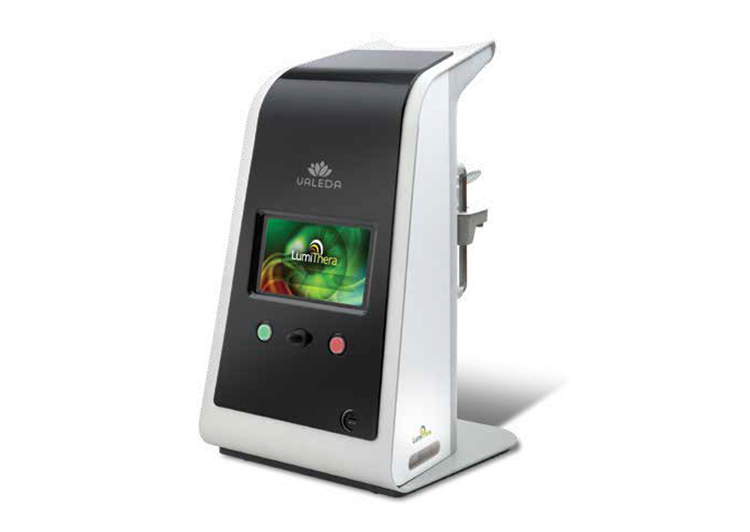Light-Based Scientific Innovations
Our innovations drive the advancement of vision preservation and improvement. We focus on early detection, intervention, and comprehensive degenerative disease monitoring. Our first area of focus is dry age-related macular degeneration (AMD)
Valeda® Light Delivery System
Valeda is the first and only FDA-authorized treatment for dry age-related macular degeneration (AMD) to improve vision
Valeda photobiomodulation (PBM) treatment is non-invasive and targets disease at the cellular level. Valeda delivers select wavelengths of light that act on cellular mechanisms important to dry AMD and enhance mitochondrial function to improve cellular energy (ATP) production.
Unlike high-power lasers used for surgery, PBM involves low-intensity light that does not cause heat or damage, making it a safe and effective treatment option for ocular diseases such as dry AMD.
PBM has applications and is being studied across various fields, including dermatology, neurology, and ophthalmology, for conditions such as wound healing, neurodegenerative diseases, and macular degeneration.
Valeda is available in the US, EU, and UK, as well as select countries in Central and South America.
